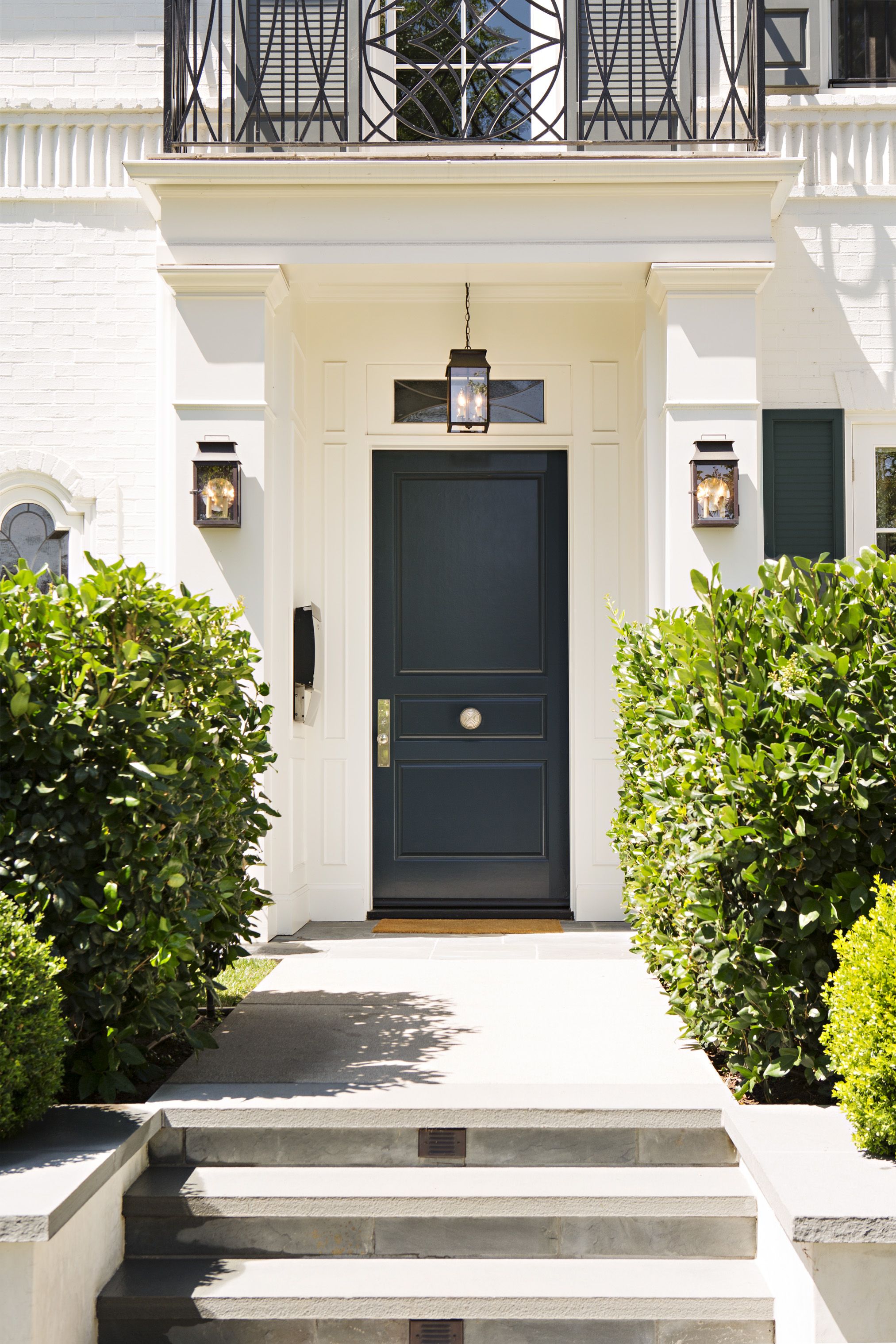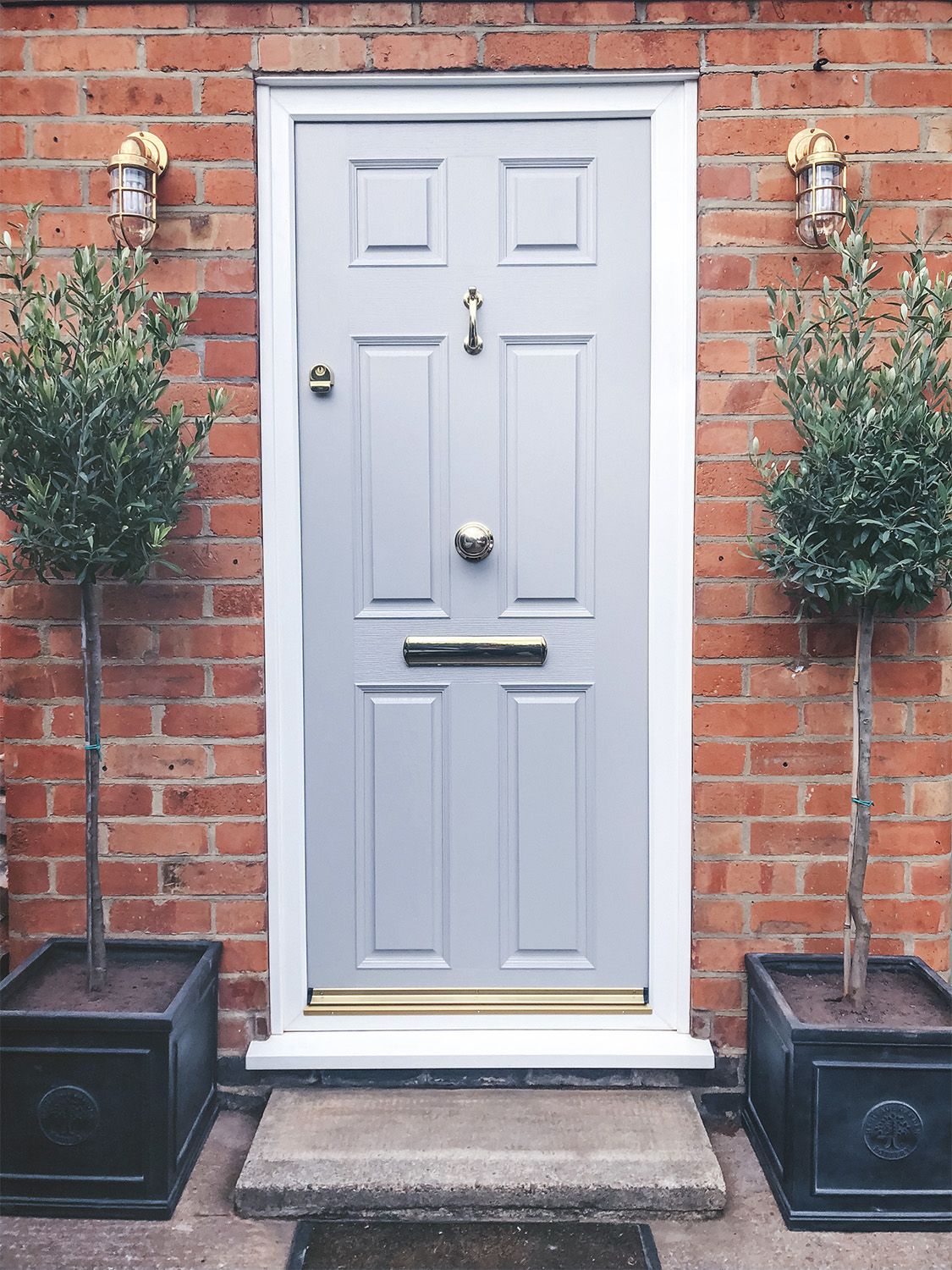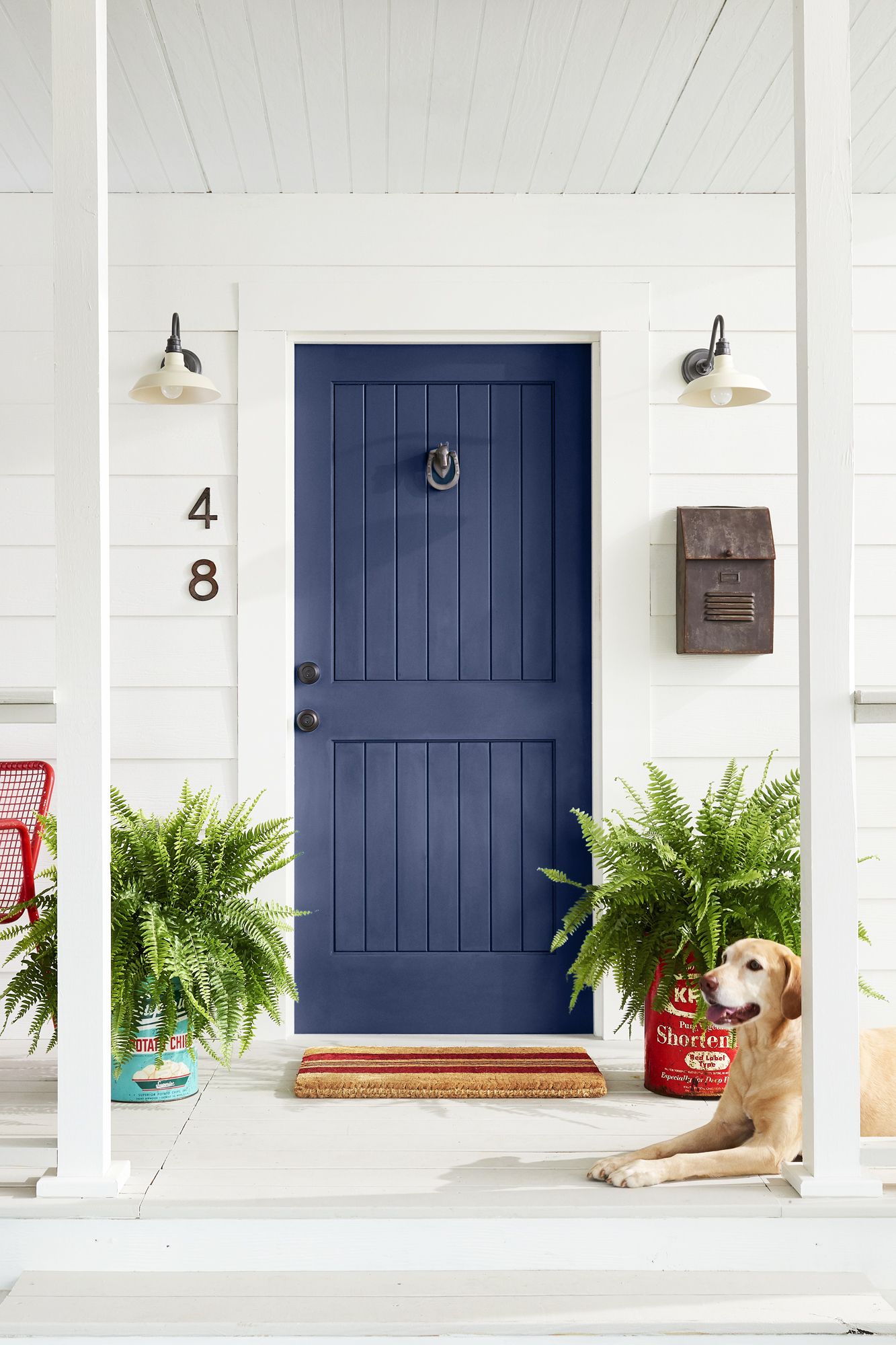

What mood do you want your visitors to have when they enter your space? For instance, the vibe given off when entering a home should differ from that of walking into a lawyer’s or a psychologist’s office. Understanding Front Door ColorsĮnough with the technicalities - it’s time to get creative. If you’re getting creative with other bright or dark colors on the wheel, match them to similar paints to avoid clashing reflections.įinally, note that artificial lighting makes cool colors appear dull while it brightens warm colors. Reserve yellow lighting for warm colors (red, orange, and yellow) to intensify the reflection. Meanwhile, note that these reflections shine in varying degrees apart from the Light Reflectance Value of the paint. The light absorbs all other colors in the spectrum while reflecting the similar colors it can read from your front door’s paint. White light contains a wide spectrum of rainbow colors (red, orange, yellow, green, blue, indigo, and violet) – hence, it has the highest potential of highlighting your front door’s undertone. So, “ what color of light works best outside the house?”Īs many colors exist in the world, there’s an equal possibility of artificial lighting, but the basic ones are white and yellow. Even if your exterior light is for aesthetics, ensure it fits the front porch’s theme from the door to the patio walls. Since we’ve cleared up the dynamics of natural lighting, let’s have an overview of artificial lighting.

Would you use artificial light or stick to natural sunlight, or both? Knowing what natural light can do based on your assessment, choose your preferred lighting option. The final step in the preliminary phase of painting a front door is evaluating your lighting options. Evaluate your Options - Natural and Artificial Lighting West-facing light solves the problem of dark hues being light-absorbent as it penetrates the darkest colors and reflects the latent undertones. Paint your front door with dark colors if it faces the west, as this position receives the brightest afternoon light until sunset. This will retain the front door’s natural color and highlight its soft undertones. If your door faces North, you’ll get a consistent sunray throughout the day.

Using bright colors on front doors in this position would highlight the deepest undertones, especially if the surrounding walls are equally bright-hued. Use a compass to determine your building’s coordinates and mark the front door’s position.Ī south-facing door would receive the brightest morning light, lasting until the early afternoon. Knowing the best position for your front door helps you decide if retaining its natural color or using another hue is the right choice. Some positions reflect more light than others and can potentially transform the front door’s color completely or partially. Sunlight affects the color of your home’s exterior because of the paint’s undertones. Once you’ve answered those questions, you can examine the door’s size and position. What kind of building do you have, and what’s the exterior like? Is there a porch? What’s the door’s size and design? People often assume exteriors are spacious, but you’ll do your decor a great injustice without analyzing the space.

Follow these first three steps before choosing your Front Door Paint. Your exterior’s impression on strangers makes the difference between feeling anxious, nervous, apprehensive, relaxed, happy, and optimistic. The popular saying, “First impressions last longer,” should be your motto for choosing a front door color.įirst impressions start from the outdoors, although many people focus on their space’s interior, whether home or office. “Why is choosing a front door color a big deal?” Steps for Choosing the Right Front Door Color Match The Front Door Color To The Walls.23 Sherwin-Williams Front Door Colors Trending In 2023.Difference Between French Doors & Double Doors.Evaluate your Options - Natural and Artificial Lighting.Steps for Choosing the Right Front Door Color.


 0 kommentar(er)
0 kommentar(er)
